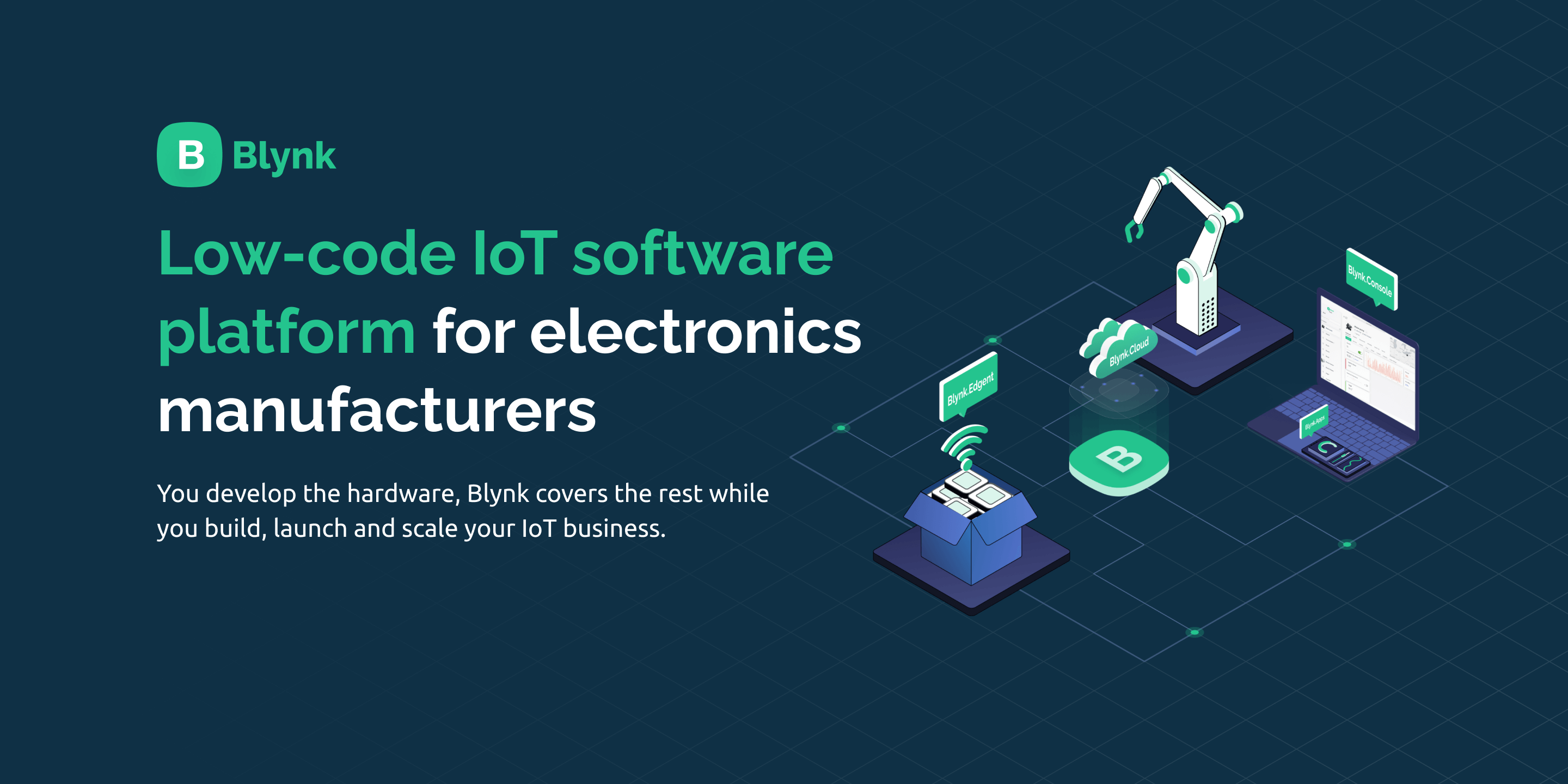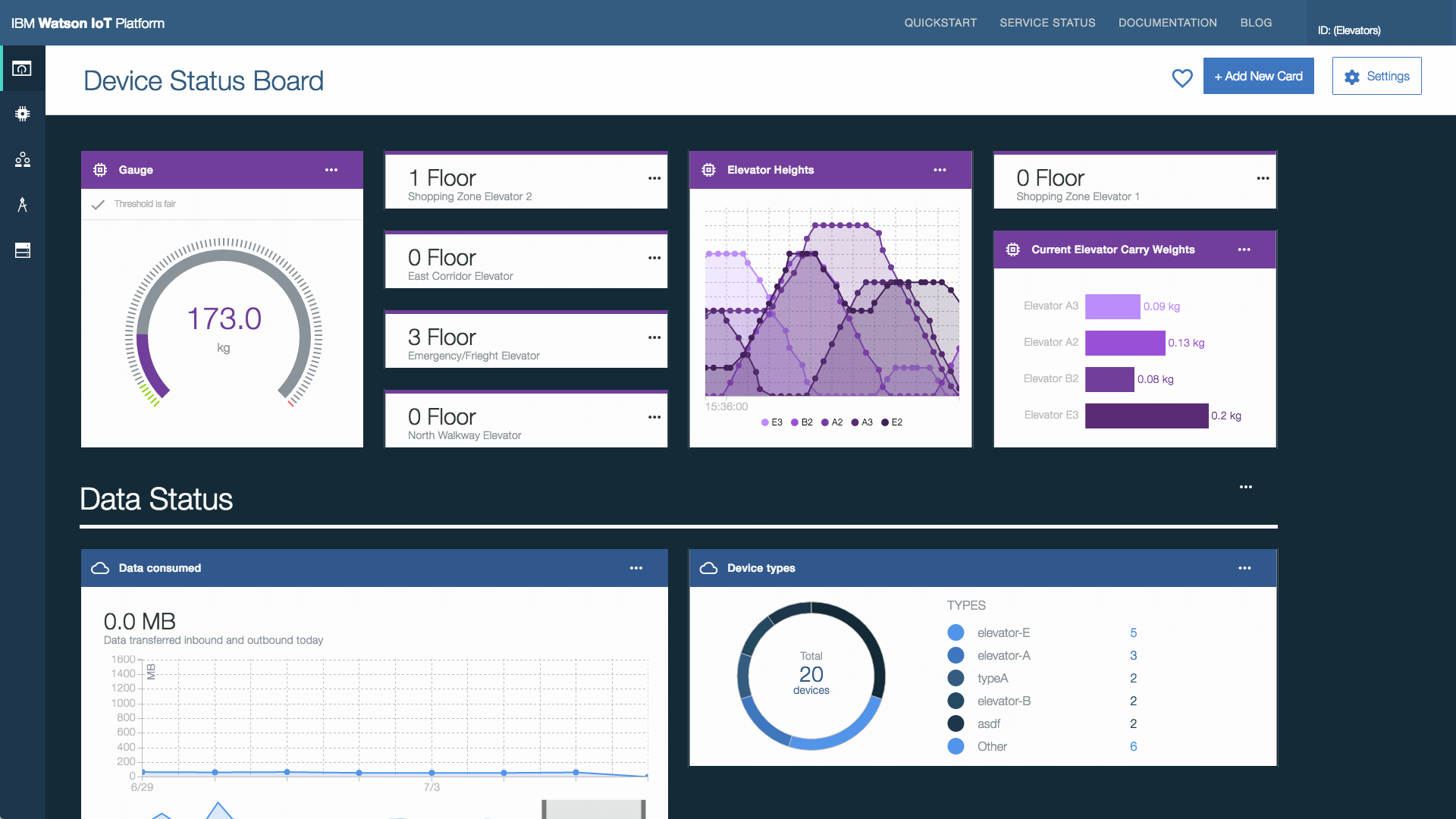So, you’ve landed on this page because you’re curious about remote IoT monitoring, SSH, and downloading apps on Android. Let’s be real—this topic isn’t just for tech geeks. It’s for anyone who wants to stay ahead in the digital game. Remote IoT monitoring SSH download Android has become a buzzword in the tech world, and for good reason. It’s not just about convenience; it’s about control, security, and efficiency. Whether you’re a homeowner, a business owner, or just someone who loves gadgets, this guide will give you everything you need to know.
But wait—before we dive deep into the nitty-gritty, let’s talk about why this matters. IoT (Internet of Things) is everywhere. Your smart fridge, your thermostat, your security cameras—they’re all part of this interconnected network. Now imagine being able to monitor all these devices from anywhere in the world. Sounds cool, right? That’s where remote IoT monitoring comes in. And when you add SSH (Secure Shell) and Android to the mix, things get even more exciting.
This guide isn’t just about definitions. It’s about empowering you to take control of your tech life. By the end of this, you’ll know how to set up remote IoT monitoring, use SSH for secure connections, and even download the necessary apps on your Android device. So, buckle up, grab a coffee, and let’s get started!
Read also:Onlytatum The Ultimate Guide To Understanding The Phenomenon
Table of Contents
- What is Remote IoT Monitoring?
- Why Use SSH for Remote IoT Monitoring?
- The Role of Android in IoT Monitoring
- Getting Started with Remote IoT Monitoring
- Tools You Need for Success
- Step-by-Step Guide to Set Up
- Security Tips for Remote IoT Monitoring
- Benefits of Remote IoT Monitoring
- Challenges You Might Face
- Future Trends in IoT Monitoring
What is Remote IoT Monitoring?
Alright, let’s break it down. Remote IoT monitoring is like having eyes and ears everywhere, even when you’re not physically present. Imagine this: you’re chilling at a café, sipping your latte, and suddenly you want to check if you turned off the coffee machine at home. With remote IoT monitoring, you can do that in a few taps on your phone.
But it’s not just about checking your coffee machine. IoT devices range from smart locks to industrial sensors. Remote monitoring allows you to keep an eye on all these devices, no matter where you are. Whether you’re managing a small home setup or a large-scale industrial operation, this tech has got you covered.
And here’s the kicker—IoT monitoring isn’t just about monitoring. It’s about analyzing data, predicting issues, and making informed decisions. Think of it as having a personal assistant who keeps track of everything for you.
How Does Remote IoT Monitoring Work?
Let’s get technical for a sec. IoT devices are connected to the internet, and they constantly send data to a central server. This server processes the data and sends it back to your device, where you can view it in real-time. Simple, right? Well, not exactly.
There are a lot of moving parts here. You’ve got the devices, the network, the server, and the app on your phone. Each of these components needs to work seamlessly for the whole system to function properly. That’s where tools like SSH come in.
Why Use SSH for Remote IoT Monitoring?
SSH, or Secure Shell, is like a secret handshake between your devices. It creates a secure connection, ensuring that no one can snoop on your data. When you’re dealing with sensitive information, like passwords or financial data, SSH is a must-have.
Read also:Exploring The World Of Somali Telegram Links A Deep Dive
Here’s why SSH is so important:
- Encryption: SSH encrypts all data sent between your device and the server, keeping it safe from prying eyes.
- Authentication: It verifies the identity of both the server and the client, ensuring that you’re connecting to the right device.
- Command Execution: With SSH, you can remotely execute commands on your devices, making it super convenient for troubleshooting.
Now, you might be thinking, “Can’t I just use Wi-Fi?” Sure, you can. But Wi-Fi isn’t as secure as SSH. If security is your priority, SSH is the way to go.
The Role of Android in IoT Monitoring
Android plays a huge role in the world of IoT monitoring. Why? Because it’s everywhere. From smartphones to tablets, Android devices are the go-to choice for many people. And when it comes to IoT, Android’s flexibility and compatibility make it a perfect fit.
Here are a few reasons why Android is ideal for IoT monitoring:
- App Availability: There are tons of IoT monitoring apps available on the Google Play Store. From home automation to industrial monitoring, you’ll find an app for almost anything.
- Customization: Android allows you to customize your device to suit your needs. You can tweak settings, install third-party apps, and even create your own monitoring dashboards.
- Integration: Android devices integrate seamlessly with other smart devices, making it easy to create a connected ecosystem.
Plus, Android is user-friendly. Even if you’re not a tech expert, you can still set up and use IoT monitoring apps with ease.
Getting Started with Remote IoT Monitoring
So, you’re ready to dive into the world of remote IoT monitoring. Great! But where do you start? Here’s a quick rundown:
First, you need to identify the devices you want to monitor. Are you monitoring your home security system, or are you managing an entire factory? Once you’ve identified your devices, it’s time to choose the right tools.
Next, set up your network. Make sure all your devices are connected to the internet and that your router is secure. Then, download the necessary apps on your Android device. Most IoT monitoring apps are free, but some may require a subscription for advanced features.
Finally, configure your devices and start monitoring. It might take a bit of trial and error, but once you’ve got it set up, you’ll wonder how you ever lived without it.
Tools You Need for Success
Having the right tools is crucial for successful remote IoT monitoring. Here’s a list of must-haves:
- IoT Devices: These can range from smart home devices to industrial sensors. Make sure they’re compatible with your network and apps.
- Router: A good router is essential for a stable connection. Look for one that supports multiple devices and has strong security features.
- Monitoring Apps: There are tons of apps available, so do your research and choose one that suits your needs.
- SSH Client: For secure connections, you’ll need an SSH client. There are plenty of options available for Android, like JuiceSSH or Termux.
Don’t forget to invest in a good backup system. If something goes wrong, you’ll want to have a way to recover your data.
Step-by-Step Guide to Set Up
Now that you know what you need, let’s walk through the setup process:
Install an SSH Client: Download and install an SSH client on your Android device. JuiceSSH is a great option for beginners.
Connect Your Devices: Make sure all your IoT devices are connected to the same network. Double-check that they’re all online and functioning properly.
Set Up the Server: If you’re monitoring multiple devices, you’ll need a central server. This can be a dedicated machine or a cloud-based solution.
Configure SSH: Use your SSH client to connect to the server. You’ll need to enter the server’s IP address, port number, and login credentials.
Download Monitoring Apps: Install the apps you need to monitor your devices. Most apps will guide you through the setup process.
Once everything is set up, test your system to make sure it’s working as expected. If you run into any issues, don’t panic. There are tons of resources online to help you troubleshoot.
Security Tips for Remote IoT Monitoring
Security should always be your top priority. Here are some tips to keep your system safe:
- Use Strong Passwords: Weak passwords are a recipe for disaster. Use a mix of letters, numbers, and symbols for maximum security.
- Enable Two-Factor Authentication: This adds an extra layer of security, making it harder for hackers to gain access.
- Keep Software Up to Date: Regularly update your apps and firmware to patch any security vulnerabilities.
- Monitor for Suspicious Activity: Keep an eye on your system for any unusual behavior. If something seems off, investigate it immediately.
Remember, security is an ongoing process. Stay vigilant and don’t take shortcuts.
Benefits of Remote IoT Monitoring
So, why should you bother with remote IoT monitoring? Here are a few reasons:
- Convenience: Monitor your devices from anywhere in the world. No more worrying about whether you turned off the lights or locked the door.
- Cost Savings: By monitoring your devices in real-time, you can identify issues before they become costly problems.
- Improved Efficiency: IoT monitoring allows you to optimize your devices for maximum performance.
- Peace of Mind: Knowing that your home or business is secure gives you peace of mind.
These benefits make remote IoT monitoring a no-brainer for anyone serious about tech.
Challenges You Might Face
Of course, nothing is perfect. Here are some challenges you might encounter:
- Complexity: Setting up IoT monitoring can be overwhelming, especially if you’re new to it.
- Security Risks: If not properly secured, your system can be vulnerable to hacking.
- Compatibility Issues: Not all devices and apps are compatible, so you might need to do some research to find the right combinations.
But don’t let these challenges deter you. With a bit of effort and the right resources, you can overcome them.
Future Trends in IoT Monitoring
The future of IoT monitoring looks bright. Here are a few trends to watch out for:
- Artificial Intelligence: AI will play a bigger role in analyzing data and making predictions.
- 5G Networks: Faster and more reliable networks will improve the performance of IoT devices.
- Edge Computing: Processing data closer to the source will reduce latency and improve efficiency.
As technology continues to evolve, so will the possibilities for IoT monitoring. Stay tuned for exciting developments in the years to come.
Conclusion
And there you have it—a comprehensive guide to remote IoT monitoring SSH download Android. Whether you’re a tech enthusiast or just someone looking to simplify their life, this guide has everything you need to get started.
Remember, the key to successful IoT monitoring is preparation, security, and staying informed. By following the steps outlined in this guide, you’ll be well on your way to taking control of your tech life.
So, what are you waiting for? Get out there and start monitoring! And don’t forget to share this article with your friends and family. The more people who know about remote IoT monitoring, the better. Happy tech-ing!



